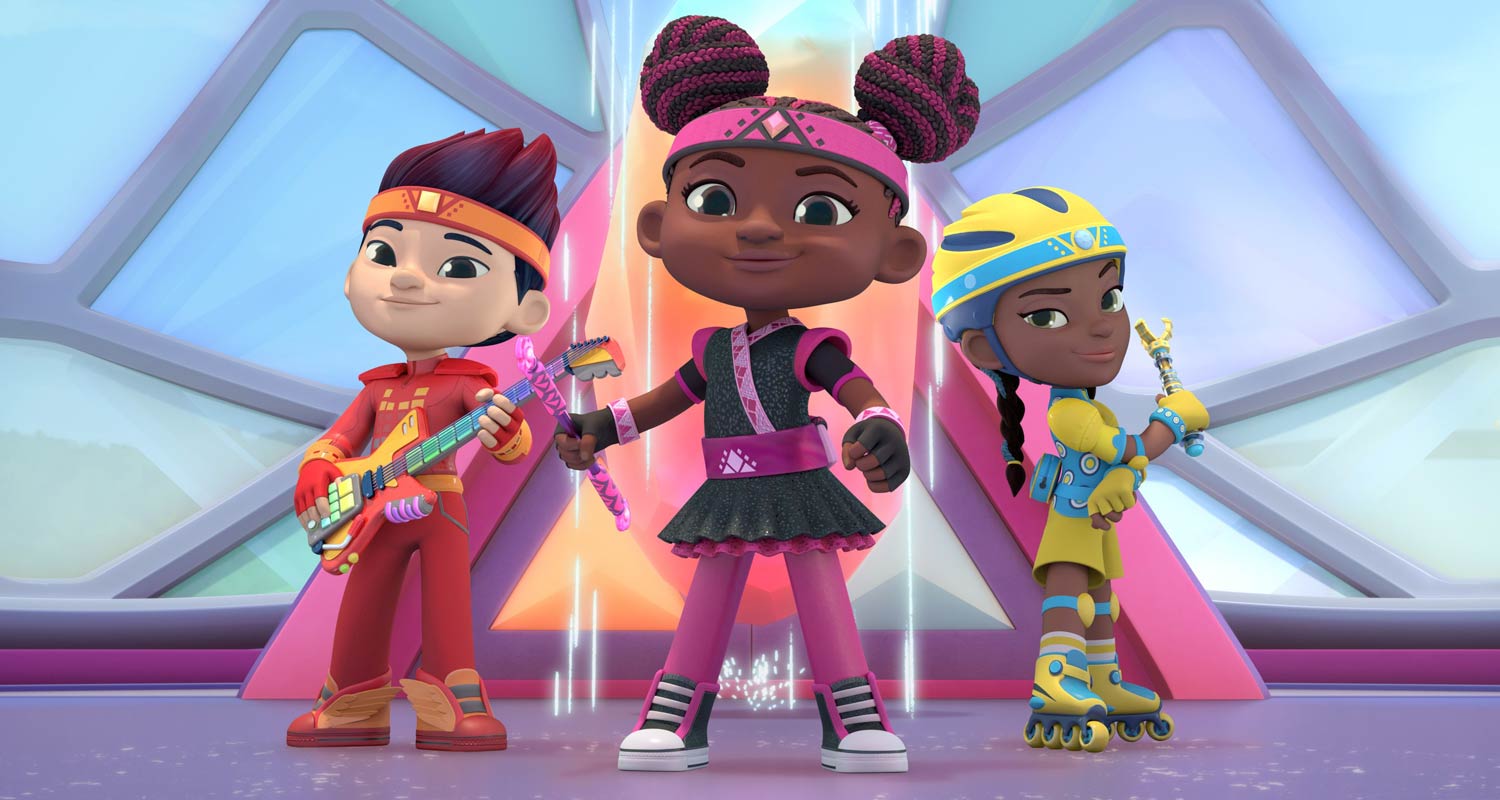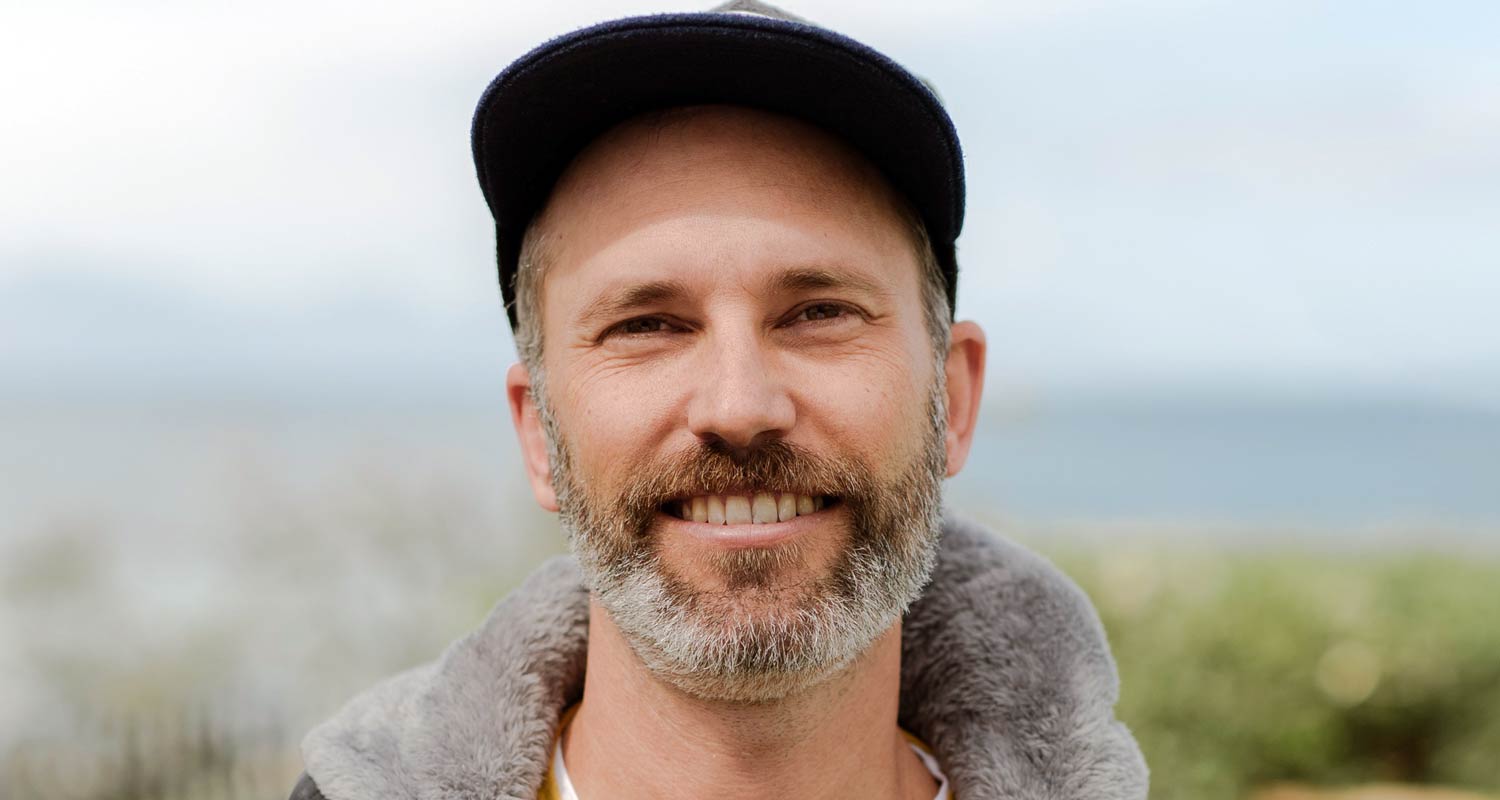
Triggerfish, the Cape Town-based digital animation studio best known for feature films such as Adventures in Zambezia, Khumba and the Oscar-nominated short film Revolting Rymes, sees 2023 as “a breakthrough year for African animation”.
The studio, which also has a physical presence in Ireland, seeks to provide more opportunities that will allow young talent from South Africa and the rest of the continent to enter the animation industry.
“Animation is a hugely collaborative process, more so than live-action, and it takes longer,” Triggerfish creative director Anthony Silverston told TechCentral in an interview on Thursday. “Africa also has a huge audience that has not been catered to; there are over a billion people on the continent and most of them are children, so the market is huge.”
Triggerfish has been central in creating a platform for African animators, not just locally but on the international stage. Adventures in Zambezia (US$34.4-million) and Khumba ($28-million) are both in the list of the five highest-grossing South African films of all time, created international interest in the local animation industry, and improved the perception of brand South Africa abroad, Silverston said.
“The South African image has evolved and I do think Zambezia made a big impact on the animation industry internationally,” said Silverston. “Globally, people have a great respect for the local industry. People generally feel like we work hard, we add a lot of creative value, and for Triggerfish in particular, they see the quality of the work and that excites them.”
Silverston believes the industry’s growth in Africa will have stronger cultural significance as more and more Africans use animation as a medium for telling their stories. He explained how animation provides the opportunity to present a more sophisticated, nuanced interpretation of the African identity to the world.
Triggerfish works
“When you have one example, that is how everyone sees Africa,” Silverston said in reference to The Lion King. “Kizazi Moto, for instance, was a great showcase of about 10 different cultures within Africa. I think it’s helping to show the world that Africa is not a country.”
Kizazi Moto: Generation of Fire is an African sci-fi anthology that started streaming on Disney+ on 5 July. Triggerfish is the lead studio on the project. Triggerfish also produced an episode of Star Wars: Visions Volume III called “Aau’s Song”, which is also streaming on Disney+.
Finding and grooming talent, says Silverston, is crucial to producing top-quality work and growing the industry. Over the years, Triggerfish has developed a community-based ecosystem that helps the studio source talent from all over Africa.
“We’ve had a writer’s lab, a director’s lab, a storyboard artist lab, and we also go out and speak to schools. We cast a wide net when looking for talent before we filter down to the winners and everyone who goes through the process gets something out of it, even if they are not chosen,” said Silverston. “It costs more but the benefit is that you actually find the talent.”
One of the standout initiatives by Triggerfish is a pan-African talent search for animated films and series called the Triggerfish Story Lab, which the studio launched in 2015. The lab was supported by The Walt Disney Company and nearly 1 400 entrants from across the continent participated.

“Fast-forward eight years, and all of the Triggerfish Story Lab’s TV series winners have major animated series out this year,” the studio said in a statement.
Among the shows that the Triggerfish talent search winners have on major broadcasting platforms are:
- Kiya and the Kimoja Heroes on Disney Junior, co-created Marc Dey and Kelly Dillon (DStv channel 303).
- Kiff on Disney Channel, with Lucy Heavens as co-creator. (DStv channel 309 from 4 September).
- Supa Team 4 on Netflix, created by Zambian Malenga Mulendema.
Another of the Story Lab competition winners, Mike Scott, is the co-creator for a show said to be “launching soon across the continent on Showmax”. Triggerfish did not reveal details regarding the show’s name or launch date.
Alumni of the studio enjoy similar levels of success. With demand for African animation on the rise, Silverston believes the industry can help create jobs.
“Parents in South Africa often treat the idea of making a career out of iPopeye (South African slang for animation) with scepticism, but animation is a growing, labour-intensive industry that is struggling to keep up with the global demand for talent,” Silverston said.
“Even outside the traditional film industry, there’s demand for animation talent within fields like advertising, app and web design, architecture, engineering, gaming, industrial design, medicine, and the motor industry, not to mention growth sectors such as augmented reality and virtual reality. So, in a country like South Africa [where unemployment is high], animation can make a big impact.”
Animation productions also pose challenges when it comes to funding because of the longer production lifecycles and high input costs. Silverston told TechCentral that South Africa is luckier than other countries on the continent because of the assistance available from institutions such as the National Film and Video Foundation, the Industrial Development Corporation and the department of trade, industry & competition. However, external funding is often needed to see projects through to completion. Even so, the growth that Triggerfish has experienced in 2023 has made finding and training talent a “key business imperative” for the studio as it attempts to keep pace with demand.
Read: Showmax 2.0 to be launched this year – what to expect
“Now we get to open the door to the first generation of African animators to tell our stories, to each other in Africa, and to the rest of the world. That’s an incredible honour,” said Silverston. – © 2023 NewsCentral Media



